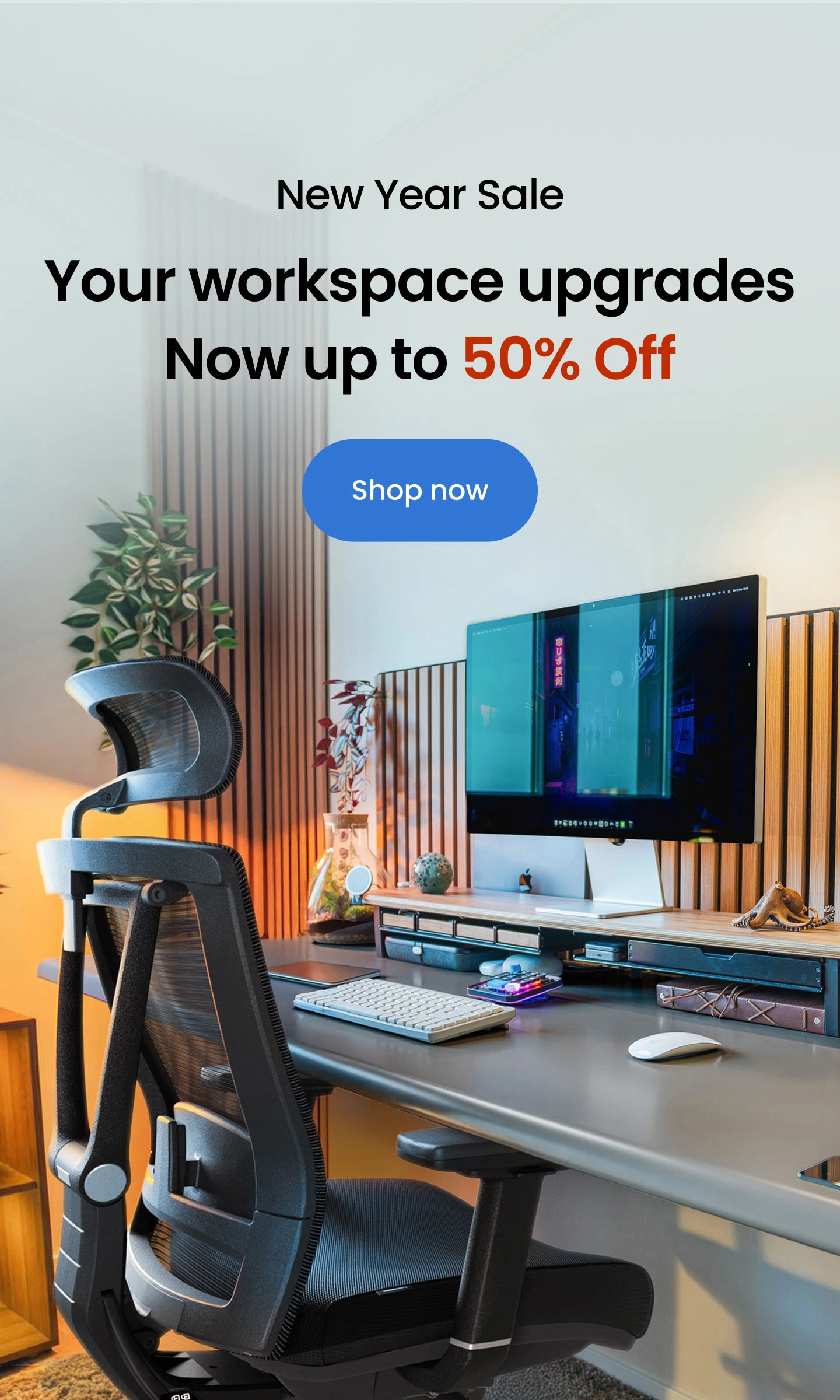
Table of Contents
Are you looking for a great way to stay in shape without leaving your office? Why not try a criss cross workout?
One of the benefits of performing this kind of exercise is that you won’t need fancy equipment to get the job done. What’s more, this easy-to-do workout is designed to target multiple muscles, providing a great way to up your fitness game without leaving the office.
Want to know more? In this article, we will provide a comprehensive guide to criss cross exercise to help you stay fit while at work.
What Is a Cross-Fitness Workout, Anyway?
Before we go any further, we thought it would be best to explain exactly what crisscross exercise is and what it entails.
A cross-fitness workout typically incorporates traditional methods and CrossFit training programs.
Strength training, aerobic exercise, and flexibility training are some of the regimes that are combined with the fundamentals of CrossFit. This training method typically includes the following exercises:
- Box jumps
- Kettlebell swings
- Burpees
To produce a cross-fitness workout, such exercises are combined with moves such as:
- Bench presses
- Deadlifts
- Squats
Different exercises target different muscle groups. For example, you could try a criss cross crunch exercise, which involves crossing your arms and legs while lying on your back. This workout can help you build strong abdominal muscles.
There is also a criss cross squat workout that you can try while at your desk to strengthen your legs and get your blood pumping. You can customize your regime to suit your lifestyle and needs.
Look at seated leg exercises that you can do without having to get up off your office chair.
Benefits of Exercising at Work
Now that you understand what crisscross exercise is, let’s talk about why it’s beneficial to work out at work.
While a daily exercise regime at the gym is great, time restraints and other obligations may limit the time you have to exercise. Plus, including a little movement as part of your daily work routine offers a number of surprising benefits for the mind and body.
In the section below, we will explore some of these perks to help you determine whether it’s advisable to do some physical activity while at the office.
1. Keep Your Body Healthy
There are numerous studies that prove the effect that physical activity has on the body. Firstly, exercise can have a positive impact on heart health, even in short bursts. When done regularly, it can help to prevent heart disease or lessen the symptoms.
The benefits don’t stop there. Physical activity also helps to keep your weight in check, preventing undue weight gain, which can cause a number of complications. Taking the time to perform workouts can also cause muscle tissue to grow, making your waistline smaller.
This, in turn, can lower blood sugar levels, help to combat insulin resistance, and more.
2. Boost Your Energy Levels
When the afternoon slump hits and getting on with the workday seems impossible, a quick CrossFit workout can be your saving grace. When you exercise, oxygen and nutrients are delivered to cells throughout the body, which can boost your energy levels and help you be more productive.
Increased oxygen to the brain also ensures that you are more alert and able to think clearly. It also improves your creativity, allowing you to form new ideas with greater ease.
3. More Strength and Flexibility
By working various muscle groups regularly, you can ensure that your body is strong and flexible, ready for anything the workday throws at it. This isn’t just great when you have to dodge an airborne paper ball thrown by a coworker. It’s also crucial for preventing injuries and protecting your musculoskeletal system from harm.
4. Mental Health Benefits
The body isn’t the only one that is strengthened when you commit to regular crisscross exercise. You can also enjoy a myriad of mental health benefits. The first thing you’ll notice is reduced stress levels.
This is an important one because stress-related disorders are prevalent in the world we live in. In fact, statistics show that over five million global deaths can be attributed to poor mental health and stress.
However, when you work out, endorphins (your body’s “feel-good” hormones) are released, which promotes a sense of happiness and satisfaction.
5. Better Mental Clarity
In addition, working out regularly can improve your brain’s cognitive function, ensuring that you are able to think clearly, concentrate better, and solve problems. It also helps to improve your memory and decision-making abilities. This can filter into your career, ensuring that you are performing at your best and delivering all that is expected of you.
6. Better Sleep Quality
If you exercise at work, you can ensure that you are able to sleep well. Getting enough sleep is crucial for proper body function. Exercise helps to regulate circadian rhythms, which can prevent insomnia and help you get more quality sleep.
The results of this are increased alertness and better overall health.
7. Team Building Benefits
If you join your team for a quick CrossFit workout regularly, you promote benefits not only for you but also for the workforce as a whole. Exercising as a group can encourage a sense of togetherness and strengthen relationships outside the workplace.
How to Do Criss Cross Exercises at Work
Now that you understand just how beneficial it can be to add an upper-body workout from CrossFit to your schedule, let’s talk about how to do these exercises. Here is our step-by-step guide.
Step 1: Find a Space to Workout
Before you begin your exercise regimen, make sure you have a safe space that you can go to when doing your workouts. Check that you will not be disturbing anyone else while using the area. When determining whether a particular venue is suitable, assess the space that you have available and ensure that you will not be bumping into anything when moving around.
Step 2: Make Sure You Have Everything You’ll Need
Some exercises require the use of a chair, while you may need a yoga mat for others. Make sure that you have these things ready before you start your criss cross workout.
Step 3: Warm Up
Warming up your muscles before beginning any training program is crucial to prevent injury. For several minutes, engage in mild aerobic exercises, such as arm circles or shoulder shrugs, to get the blood pumping.
Step 4: Perform Your Cross Fitness Exercises
As mentioned previously, there are a number of exercises that you can try to target different muscle groups. They are available in various intensities, too, so make sure that you are doing your research to plan a workout that best meets your needs.
Here are a few exercises that you can try:
Standing Oblique Twists
This exercise can be performed at your desk, provided you have sufficient space. The first step is to stand up with your feet positioned hip-width apart. Then, with your palms facing each other, raise your arms straight out in front of you to shoulder height.
Bring your left elbow close to your right hip by contracting the abdominal muscles and rotating your torso to the right. After stepping back into the center, spin to the left and bring your right elbow up to meet your left hip. Switch sides while maintaining purposeful and controlled movements.
Bicycle Crunch
To begin this criss cross crunches exercise, position yourself on the edge of a chair, keeping your feet flat on the ground and your back straight. With your elbows pointed out to the sides, place your hands loosely behind your head.
Then, raise your feet off the ground and slant your back slightly by squeezing your abdominal muscles. You can then extend your right leg so that it is flat against the ground and bring your right elbow near your left knee, then extend your left leg and bring your left elbow toward your right knee, alternating between these two positions.
It should feel like you are pedaling a bicycle. Maintain this action, switching sides, and concentrate on tightening your core with every crunch.
Crisscross Hop Squat
This exercise will strengthen your glutes, hamstrings, quadriceps, and inner and outer thighs. It serves as a cardio workout as well.
Start with your feet apart. For balance, put your arms under your chest and contract your core. Step inside out of your stance, crossing your ankles. Then, jump backward into a wide stance and then land in a squat quickly after you bounce off your feet. Perform 10 reps.
Step 5: Cool Down
Once you have completed your workout, you will need to focus on cooling your body down. To do so, focus on stretching and breathing, holding each stretch for about 15 to 30 seconds.
Five Other Exercises to Do at the Office
Looking for more inspiration? Here are five more exercises to add to your regimen:
Desk Push Ups
If you have a sturdy desk, then this is a great option to try. To do this exercise, simply place your hands about shoulder-width apart on the desk and, while holding the table, move your legs back until they are at an angle. Next, lower your chest to the workstation and back up again.
Leg Raises
This exercise can be done while you are seated at your desk. While gripping the sides of your chair for support, use your abdominal muscles to raise both legs. To do one rep, raise and lower your legs until they are just above the ground. We recommend doing 10-15 reps per day.
Stepping Up and Down
Suppose your office building has a staircase. In that case, you can go up and down a few times to get the blood pumping. If you would like to challenge yourself a little, take two steps at a time.
Chair Squats
Do you have a chair that doesn’t have wheels? Try this exercise! While holding the armrests, lower yourself into the chair until you are just a short distance off the seat. Push upward and lower yourself down again. Do multiple reps.
Jumping Jacks
Make sure you have sufficient room for this one. Stand with your feet together. To do a jumping jack, raise your arms above your head while extending your legs away from your body. Return to the original position and repeat.
Tips to Help You Remain Healthy and Productive at Work
While exercise is important to help maintain good health and well-being, it’s not the only thing you’ll need to do to ensure productivity. Here are a few additional tips to help you stay healthy:
- Ergonomic Furniture. Invest in a high-quality standing desk and ergonomic chair.
- Alternate your seated position. Consider changing your position when sitting down. However, if you have knee pain when sitting cross-legged, then it might be a better idea to adopt a sit-stand method of working than investing in a cross-legged office chair.
- Take regular breaks. To lower stress levels and improve your productivity, it’s a good idea to step away from your desk periodically to get some fresh air.
Frequently Asked Questions
1. Is kneeling better than sitting?
“Is kneeling better than sitting?” is a question that we are often asked. The truth is that this position can be incredibly beneficial. It can strengthen your neck and back and promote deeper breathing, which all have a positive effect on your overall health. Other kneeling chair benefits, such as a reduction of chronic pain, also make this position preferable for many individuals.
2. Is sitting on a criss cross bad for you?
If you have been wondering, “Is sitting criss cross bad for you?” then the truth is that it depends. Suppose you remain in this position for a long time. In that case, you can restrict blood flow, causing a number of side effects. However, sitting cross-legged on a chair for short periods can be beneficial, as it engages different muscles in the legs.
Final Thoughts
Exercising at work offers a plethora of benefits. You can incorporate a quick criss cross workout to ensure that you are healthy. We hope that you found our guide helpful! If you are looking for more tips to help you stay productive while at work, please browse our blog.
Spread the word
.svg)







